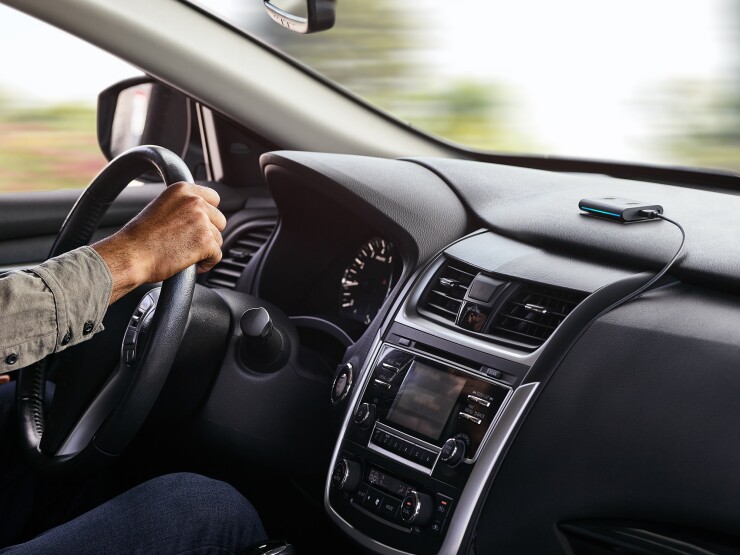In recent years, consumers have shifted towards a new eco-friendly mindset with a single message: we're here to stay. A recent World Economic Forum
It's a trend popularized in consumer industries, where shoppers have embraced a motivation to reduce waste and their carbon footprint to help create a greener world. However, the rise of eco-friendly consumers is no longer limited to retail, fashion, and food. Consumers are now looking for more sustainable auto insurance and other motoring options. For instance, a Solera survey of consumers around the globe
Given its heavy investment and advanced government regulations, compliance, and incentives, Europe leads sustainability on the world stage. However, the example they set presents a golden opportunity for American auto insurers to follow suit and proactively adopt sustainability strategies similar to those implemented across the pond. Those who adopt quickly gain an advantage when sustainability compliance regulations eventually become required practice.
To embrace sustainability is to embrace your data
The path to achieving sustainability for auto insurers is an understandably complex operation – the same
Recognizing the need for improvement and creating a plan to address it only goes so far in the eyes of the eco-friendly consumer. To achieve sustainability, auto insurers must embrace and commit to
With incoming stringent regulations such as California's
For example, common problems like damaged bumpers and windshield wipers can be repaired or swapped with used parts, which is more environmentally conscious and prevents them from going to a landfill. It also means less emissions from shipping new parts through a complex supply chain and throwing away the old parts, where they'll go to a landfill.
Sustainability is more than a checklist
Despite the drive among auto insurers to adopt sustainable practices, it's important that strategies and goals are not viewed as a mere "checklist" of requirements to be completed. Sustainability practices should be seamlessly integrated and a component of sound business decisions, regardless of the regulatory landscape.
For some, there seems to be a perceived clash between the drive for sustainability and the overarching priority of maximizing profitability. We can easily dispel this notion by highlighting the benefits sustainability can bring to both the insurer and the consumer. For example, including more eco-friendly components in the claims process translates to a potential cost reduction and cuts CO2 emissions. This tangible advantage demonstrates that sustainability initiatives meet today's eco-friendly consumer demands and are economically advantageous.
While switching to sustainability has been daunting in the past, it's within reach in today's day and age. There is more that can be done than simply switching to electric vehicles. In fact, there are plenty of ways sustainability can be adopted in everyday practice right now. Starting with the OEMs, these manufacturers can focus on making their buildings energy efficient. Using LED lighting and establishing recycling programs is a great start. The eventual goal is to optimize the supply chain to reduce carbon footprint there and implement lean manufacturing processes to reduce waste, but these can get more complicated. Consider bringing on a partner in sustainability if you're overwhelmed.
Insurers can also take similar sustainable steps in making their buildings efficient. They can also make sure to encourage sustainability in the repairs process, incentivizing repair shops to prioritize repairs over replacements. However, the best thing insurers can do right now is take steps towards adopting digital claims processing, which will reduce paper and streamline workflows.
The consumers' shift to an eco-friendlier mindset means adopting sustainable practices is no longer just a choice; it's become a strategic imperative. Today's consumers are more well-informed, scrutinizing sustainability efforts as a prerequisite of a business transaction. As a result, sustainability strategies and goals must be integrated components for any






